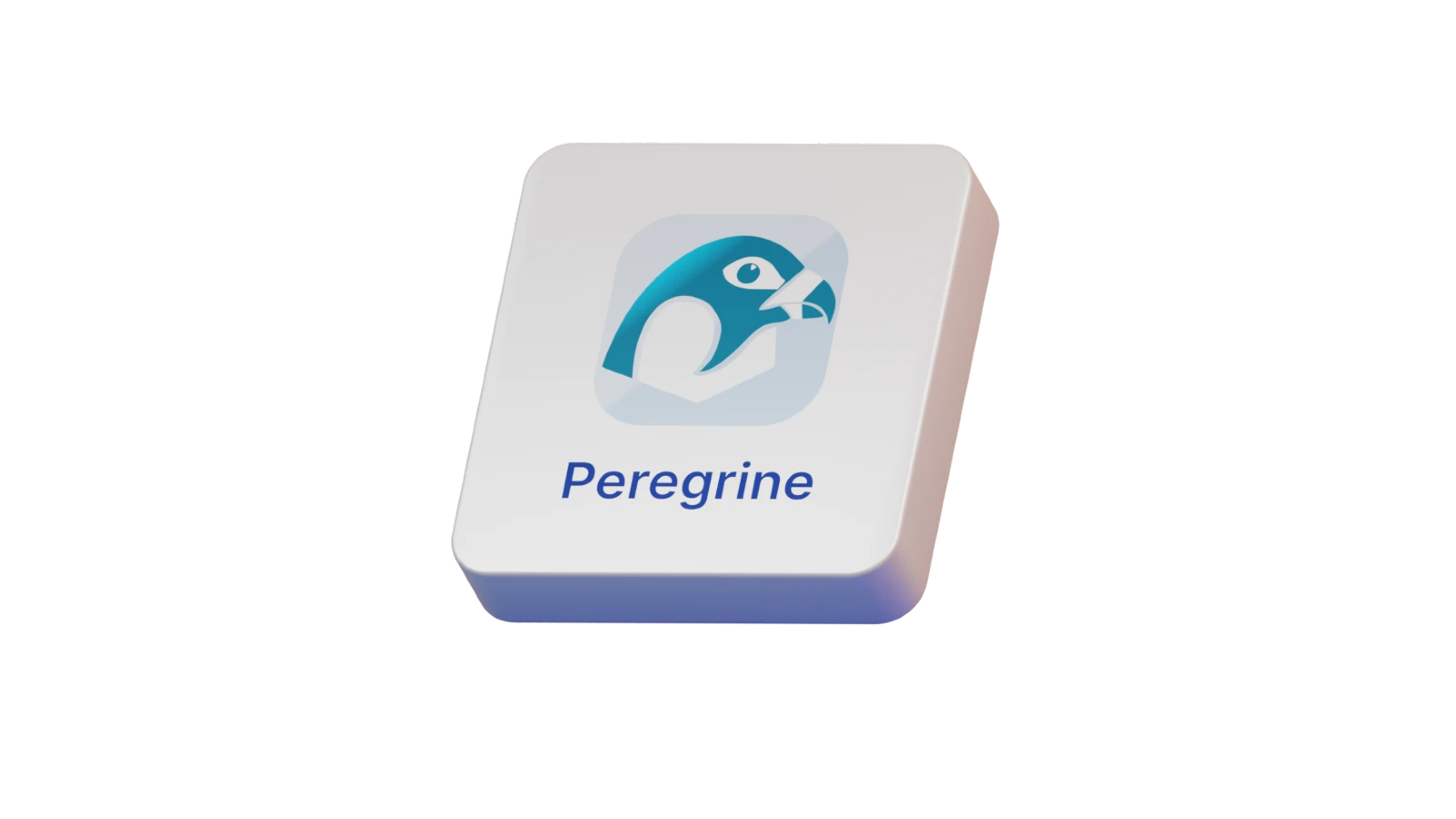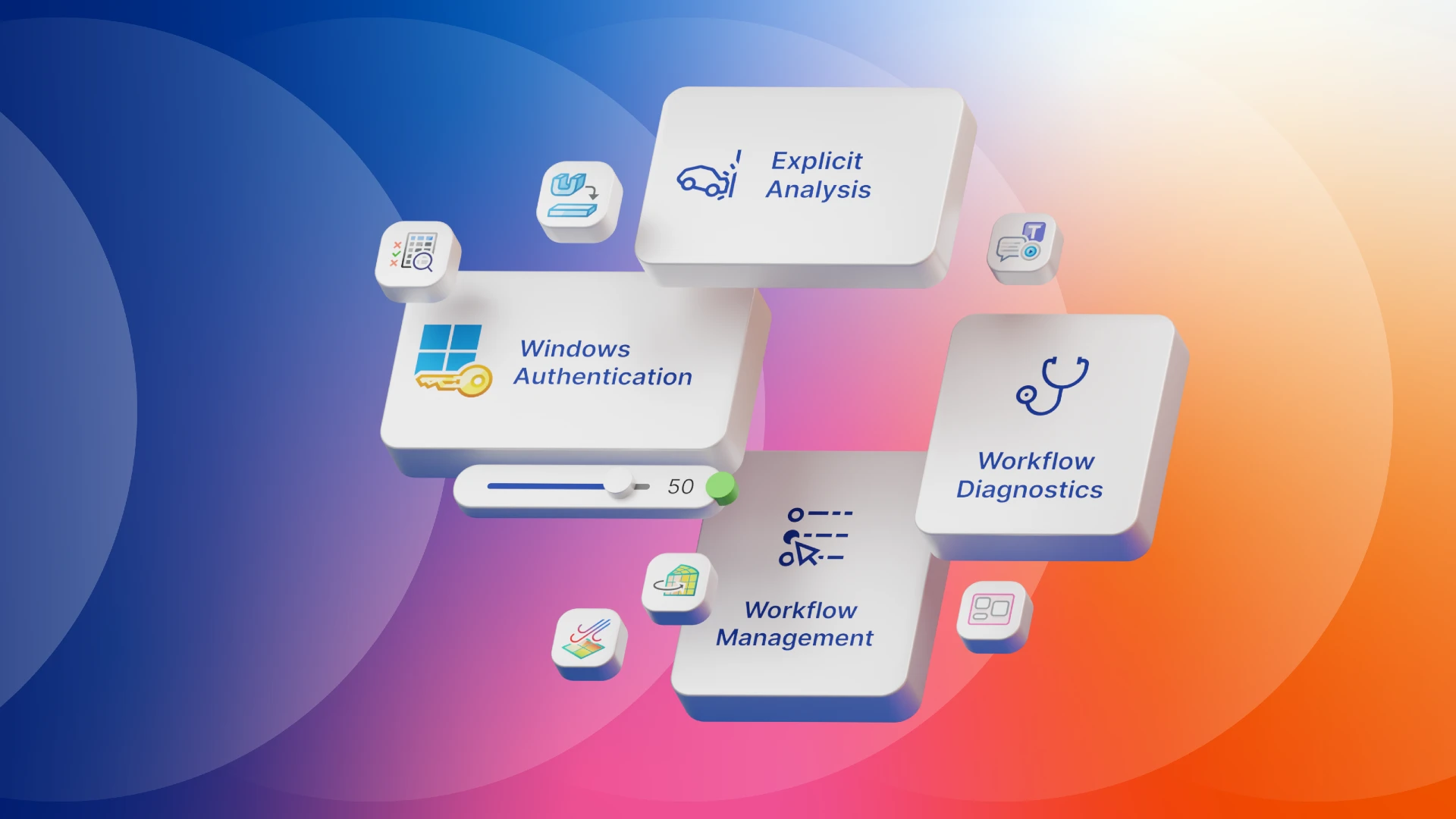The digitisation of engineering has reached a new level with the introduction of autonomous AI agents. Rather than merely automating simple tasks, these intelligent systems are increasingly taking on complex processes, from design to quality assurance. The result is greater efficiency, lower costs and more time for creative engineering work.
But how can this be implemented successfully?
Five steps to success:
Firstly, technological enthusiasm alone is not enough; it is essential to have a realistic assessment of one's own digital maturity. Many companies are still struggling with fragmented data and informal processes, both of which must be overcome before AI agents can be deployed. Only those with structured data and clearly documented processes can exploit the full strength of AI.
Another key factor is human-machine collaboration. AI agents do not work in isolation, but interact with humans. For this to succeed, employees need new skills, such as delegating tasks and monitoring automated decisions. This must be complemented by a robust governance model that defines ethical guidelines, transparency and responsibilities.
From single agents to multi-agent systems
The real game changers are networked multi-agent systems. Here, specialised agents independently orchestrate design, simulation or testing processes, and interact with each other like a well-coordinated team. This increases both the speed and the quality and consistency of the results.
Conclusion: The competitive advantage lies in how.
AI agents are not a plug-and-play miracle weapon. They only deliver benefits when companies introduce the technology strategically, gain organisational buy-in, and consistently adapt processes. Those who take this approach can secure a decisive advantage in engineering today.
More information about Synera's AI Agent solution: https://www.synera.io/ai-agents





